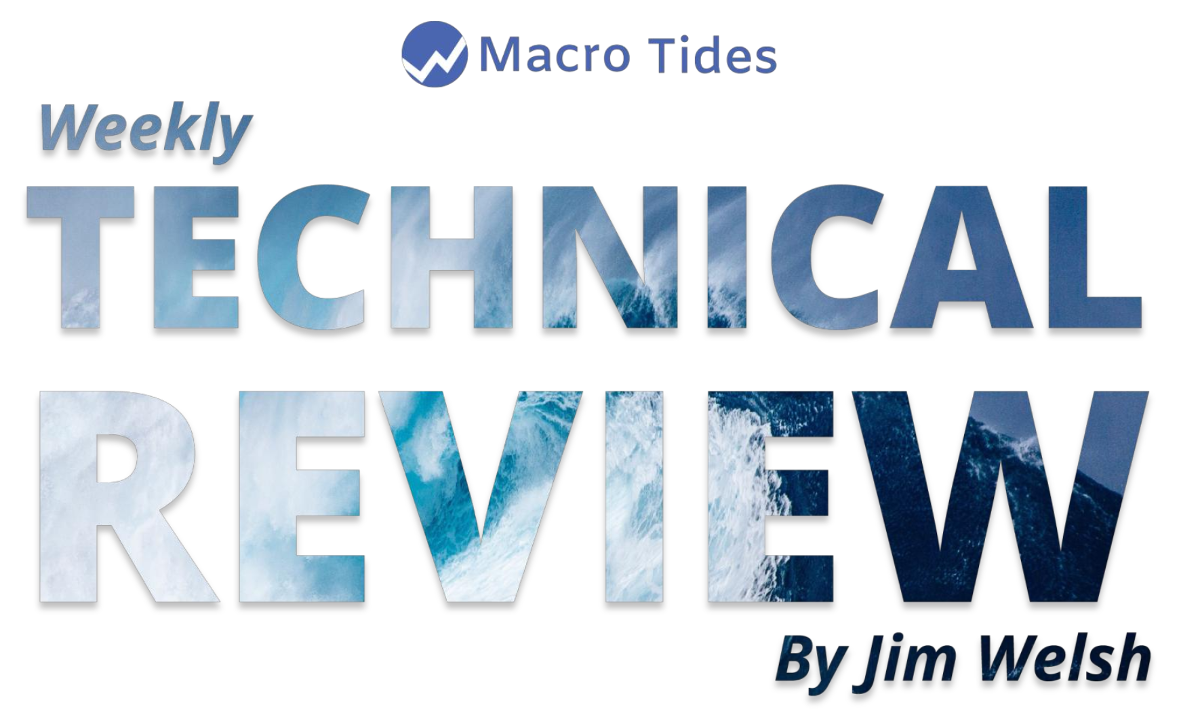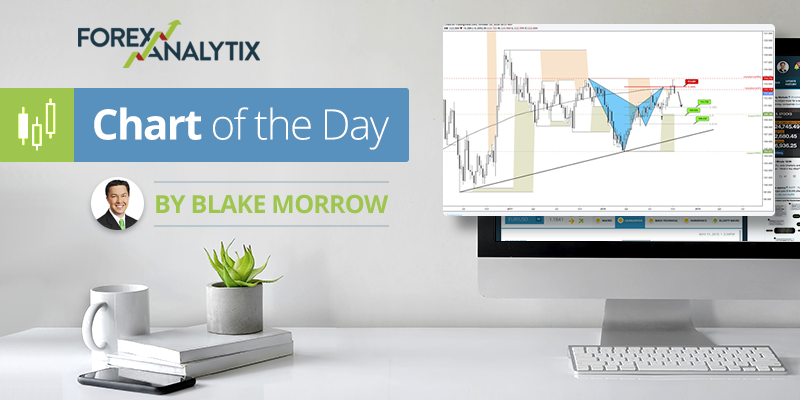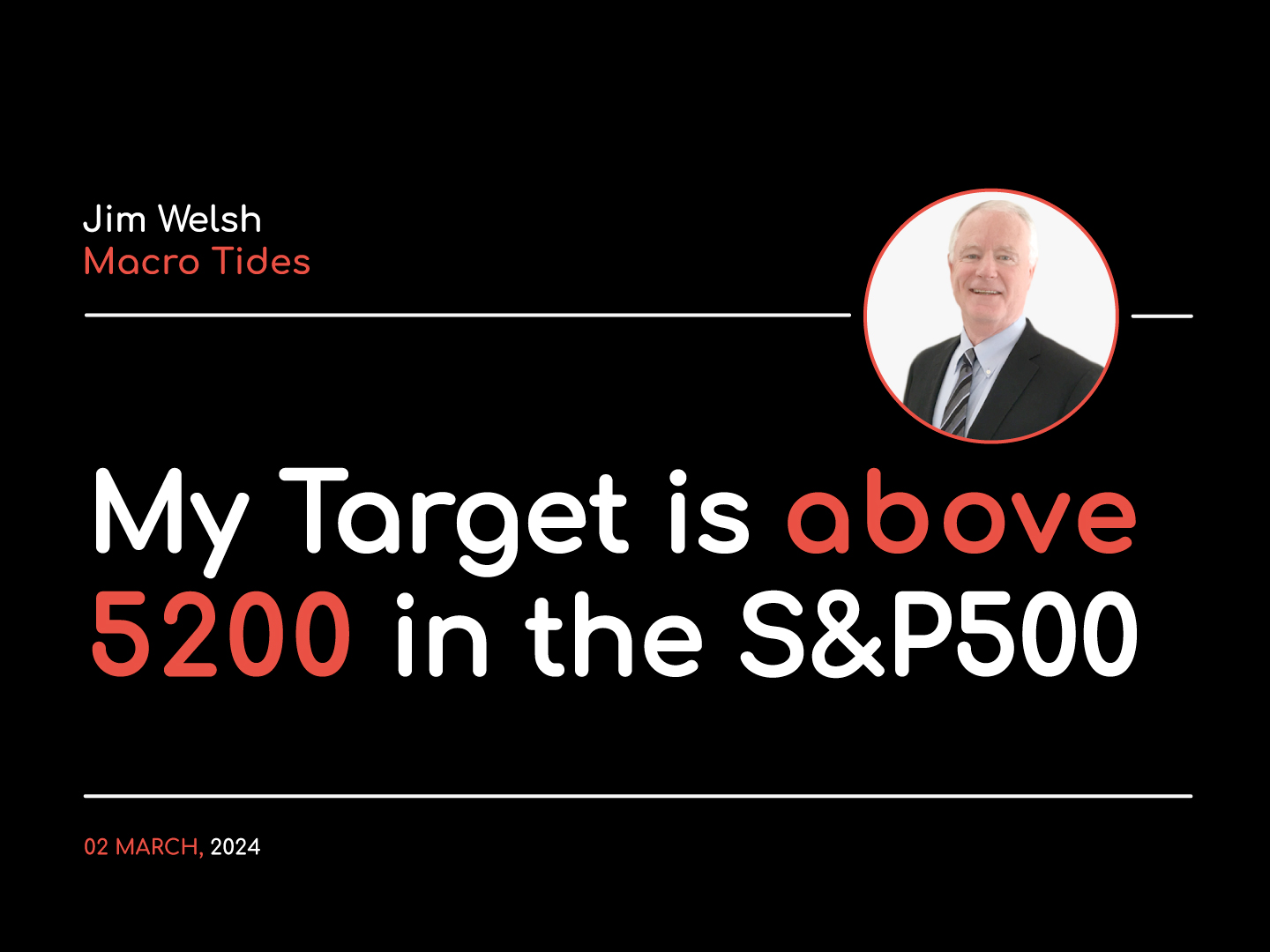ECB Pulls a Rabbit Out of the Hat. Will the Fed Follow Suit?

ECB Pulls a Rabbit Out of the Hat. Will the Fed Follow Suit?
The European Central Bank surprised the markets by moving rates up by a larger than expected 50bps on Thursday, the first move upwards for 11 years. As a fellow commentator pointed out, with inflation at 40-year highs, there was a pleasing symmetry to moving rates up for the first time in 4000 days. The ECB also announced its mechanism to try and keep sovereign spreads tight, the catchily named ‘Transmission Protection Instrument’ (TPI). With the ongoing political turmoil in Italy and the country facing elections, as soon as September 25th, TPI will face an early test. The ECB also announced the end of forward guidance on interest rates which was mostly seen as a wise move. Despite the hike in interest rates, the euro remained unmoved, and it must be said looks vulnerable to further selling.
Away from the eurozone, sterling came under the spotlight with a week of economic data enabling traders to assess the health of the UK economy. The highlight, if you can call it one, was, without doubt, the employment figures which reported a near half-century low in the unemployment rate. More worrying was the Consumer Price Index at another 40-year high of 9.4% and now predicted to touch over 11% in the Autumn, combined with a disappointing Retail Sales number points for some tough decisions for the incoming Prime Minister in September and continuing pressure on sterling. The dollar, meanwhile, regained some lost ground in particular as the weekend approached as US Treasuries found fans rather cynically being attributed to risk sentiment souring after President Biden announced he had Covid.
GBP
Well, then there were two …Rishi Sunak and Liz Truss, and the country must wait till September to find out which one is to be the UK’s new Prime Minister. Whoever it is will be facing some big calls on the economy, as is the beleaguered Governor of the Bank of England, Andrew Bailey. With the ECB having moved rates up by 50bps and the Federal Reserve looking sure to move by 75bps, possibly even 100bps, the prevaricating Bank of England is under pressure to act aggressively and move rates by at least 50bps. Andrew Bailey at least admitted that a 50bps move was ‘on the table’ whether they have the gumption to move by that amount on August 4th remains open to debate. After last week’s economic health check, the week ahead looks quiet on the data docket, with the only first-tier data being Consumer Credit and Mortgage approvals.
EUR
As we said in the opening paragraphs of the report, the ECB finally moved and hiked rates by a greater than expected 50bps last Thursday. They must, however, have been disappointed with the market’s reaction as the euro ended the day weaker than it started reflecting the underlying weakness of the single currency. After Friday’s poor PMIs and the continuing political turmoil in Italy, not to mention the Oil and Gas issues that Europe faces, it is hard to get excited about the euro’s prospects. Although Italian politics are traditionally volatile, they have been relatively calm since Mario Draghi became Prime Minister in February last year. With his resignation Italy, and consequently Europe, faces a period of uncertainty. The political uncertainty will stress the spread between Italian BTPs (bonds) and other European bonds, creating fresh tensions in the eurozone. Although the newly created TPI has been designed to smooth these problems, it is as yet, untested, and the euro will no doubt suffer as a result. In the week ahead, no doubt we will hear more from the ECB’s mouthpieces as they try and talk the euro up, but with Friday’s PMIs dropping below 50 in the eurozone, they will face an uphill battle. The data docket starts out quietly, with only this morning’s IFO assessments of the German economy scheduled. The next data likely to impact the market are the eurozone confidence and sentiment indicators published on Thursday. The week closes with both the preliminary second quarter GDP on Friday and the all-important inflation figures for the eurozone as well as Unemployment and Gross Domestic Product from Germany.
USD
The eyes and ears of the financial world will turn towards Constitution Avenue in Washington on Wednesday evening when the Federal Reserve announces how much they have moved interest rates. With the market split between 75bps and 100bps, there will be some volatility around the dollar in the run-up to and following the announcement. The smart money still appears to be on 75bps, but the Fed does seem determined to stamp on inflation hard, so it would be a fool to rule out a full 100bps move. The markets expect this move to be followed by another 125bps by the end of the year and it would be no surprise if the Fed endorsed this scenario. With this in mind and the possibility of ongoing de-risking of assets, it’s hard not to see the dollar appreciating. It is also a busy week for US data, with flash second quarter Gross Domestic Product being announced on Thursday and inflation data in the way of preliminary Personal Consumption Expenditures on Thursday and the PCE Index on Friday.
20220725











